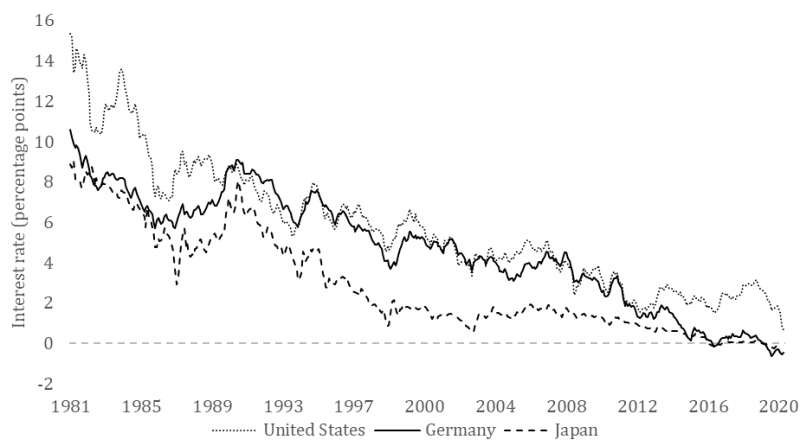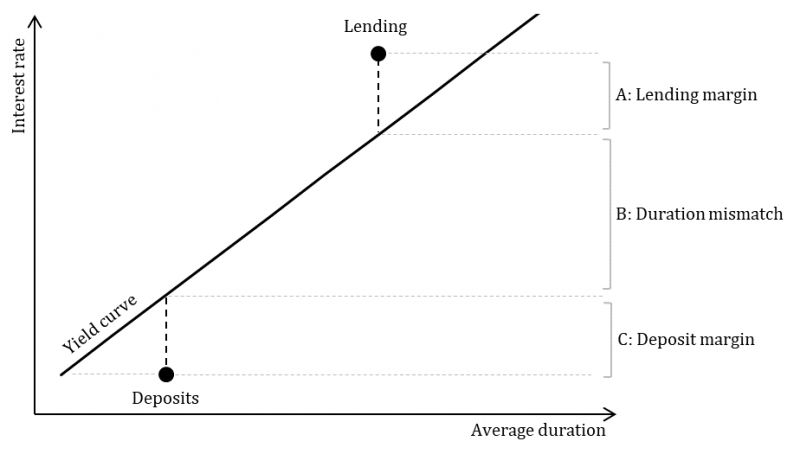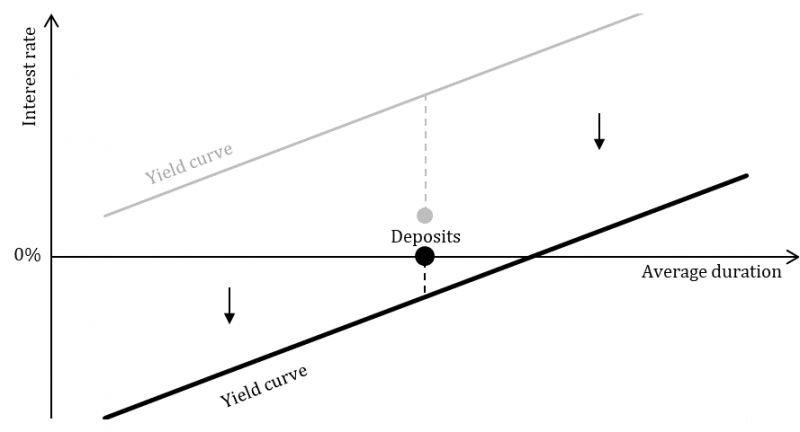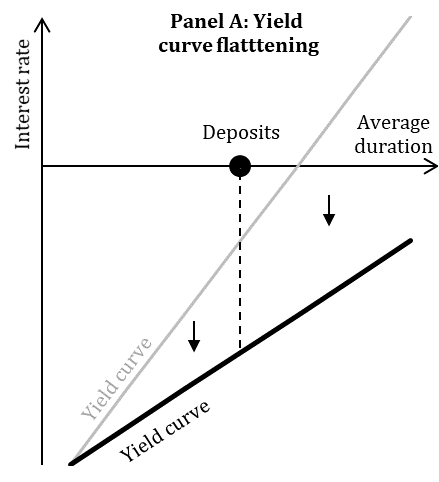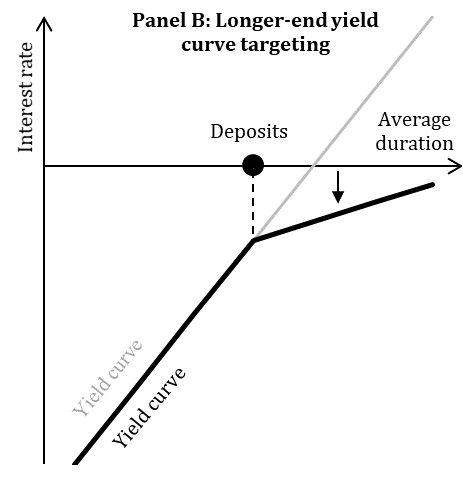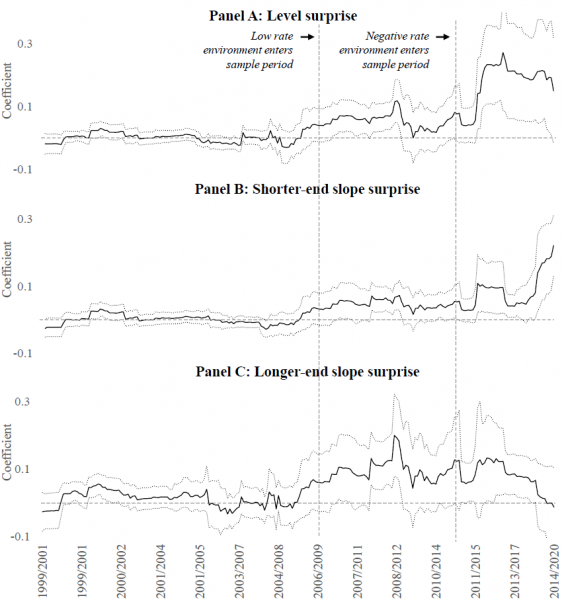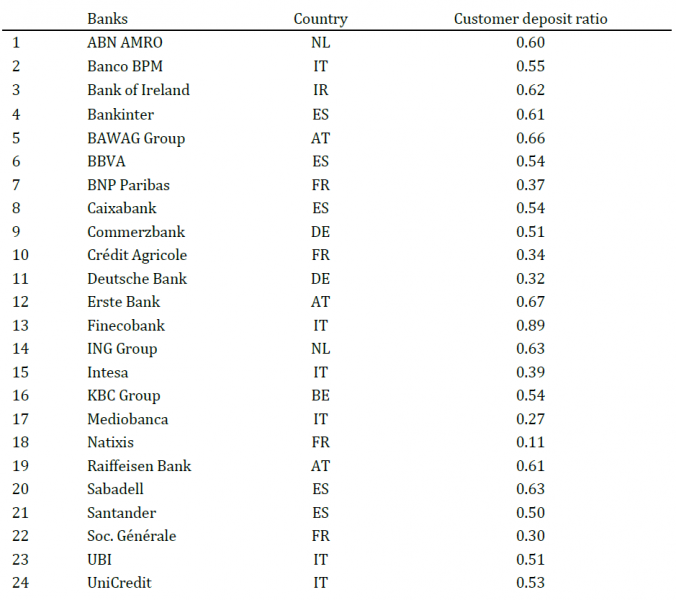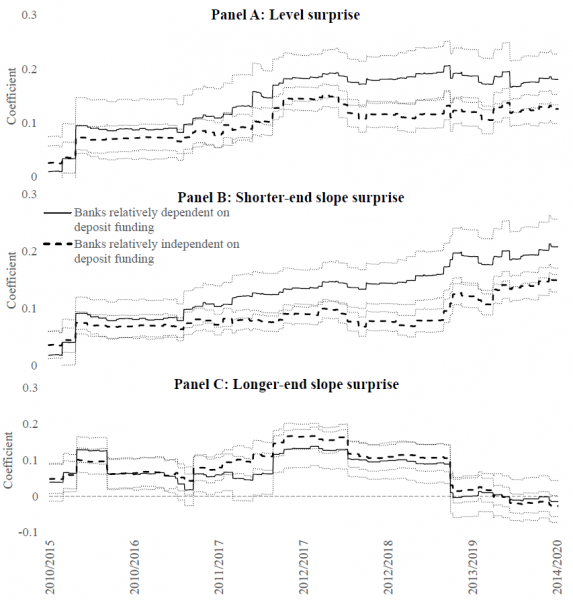References
Altavilla, Carlo, Luca Brugnolini, Refet S. Gürkaynak, Roberto Motto and Giuseppe Ragusa, 2019. Measuring euro area monetary policy. Journal of Monetary Economics 108, 162-179.
Bats, Joost, Massimo Giuliodori and Aerdt Houben, 2020. Monetary policy effects in times of negative interest rates: What do bank stock prices tell us? DNB working paper 694, De Nederlandsche Bank.
Borio, Claudio and Leonardo Gambacorta, 2017. Monetary policy and bank lending in a low interest rate environment: Diminishing effectiveness? Journal of Macroeconomics 54(B), 217-231.
Brei, Michael, Claudio Borio and Leonardo Gambacorta, 2019. Bank intermediation activity in a low interest rate environment. BIS Working Papers 807, Bank for International Settlements.
Brunnermeier, Markus K. and Yann Koby, 2018. The reversal interest rate, NBER working paper 25406. National Bureau of Economic Research.
Claessens, Stijn, Nicholas Coleman and Michael Donnelly, 2018. “Low-for-long” interest rates and banks’ interest margins and profitability: Cross-country evidence. Journal of Financial Intermediation 35(A), 1-16.
Demiralp, Selva, Jens Eisenschmidt and Thomas Vlassopoulos, 2019. Negative interest rates, excess liquidity and retail deposits: banks’ reaction to unconventional monetary policy in the euro area. ECB working paper 2283, European Central Bank.
Drechsler, Itamar, Alexi Savov and Philipp Schnabl, 2018. Banking on deposits: Maturity transformation without interest rate risk. NBER working paper 24582, National Bureau of Economic Research.
Gomez, Matthieu, Augustin Landier, David Sraer and David Thesmar, 2020. Banks’ exposure to interest rate risk and the transmission of monetary policy. Journal of Monetary Economics, in press.
Heider, Florian, Farzad Saidi and Glenn Schepens, 2019. Life below zero: Bank lending under negative policy rates. Review of Financial Studies 32(10), 3728-3761.
Hoffmann, Peter, Sam Langfield, Federico Pierobon and Guillaume Vuillemey, 2019. Who bears interest rate risk? The Review of Financial Studies 32(8), 2921-2954.
Jarrow, Robert A. and Donald R. van Deventer, 1998. The arbitrage-free valuation and hedging of demand deposits and credit card loans. Journal of Banking and Finance 22, 249-272.
Kalkbrener, Michael and Jan Willing, 2004. Risk management of non-maturing liabilities. Journal of Banking and Finance 28, 1547-1568.
Porcellacchia, Davide, 2020. What is the tipping point? Low rates and financial stability. ECB working paper 2447, European Central Bank.
Tan, Garyn, 2019. Beyond the zero lower bound: Negative policy rates and bank lending. DNB working paper 649, De Nederlandsche Bank.


